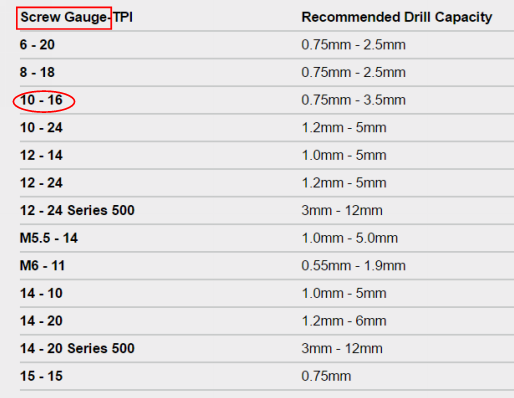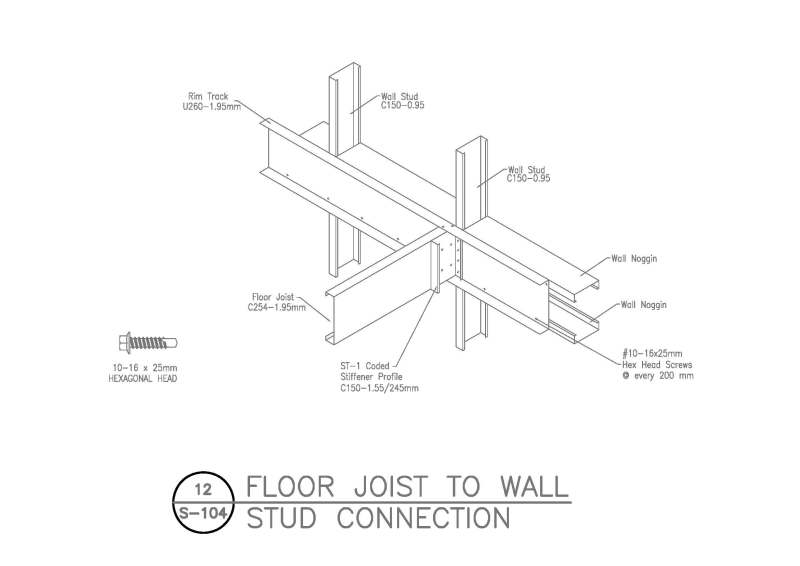shahg123.....a few comments:
1. I agree with Dave, JAE and others who noted that the joists should be attached to the web of the studs instead of the flange.
2.
shahg123 said:
the purpose of using the rim track is to increase the thickness at connection point because my wall stud thickness is just 0.95mm
....this is not true. It doesn't do this. You still have the screw load going through only one thickness of the flange in the line of action of the shear load. You would need a backing strip on the back of the flange to accomplish what you thought was happening. Using the rim track divides the load (potentially); however, does nothing to increase the flange thickness of the studs.
3. I'm not a fan of light gage framing for low slope roofs, particularly with a parapet. The long term serviceability of the structural framing system can be seriously compromised by water intrusion at the parapet, the roof and the interface between the two. Further, depending on the roof drainage design you might have a water load at the parapet-to-roof interface that's greater than any other location on the roof. If you are in a snow load area....even worse! This will significantly increase the shear load on your fasteners. You should add a qualifying statement to your drawings that makes sure the roofing/waterproofing are given critical review for this application.
4. You have a redundant call-out for your screws. A #10 screw is not 10 gauge. Don't confuse the issue with additional information that is not relevant. Also, a #10 screw is fairly small.
5. The wind load on the parapet will put your screws in tension as well as having a vertical shear load from the roof loading. These fasteners are much better in shear only, which is what you would have for both loadings if you had the joist extending through the wall section.
6. Light gage members are cheap. Even though the joists might have been cut already, change them! That's a lot cheaper than a failure!




